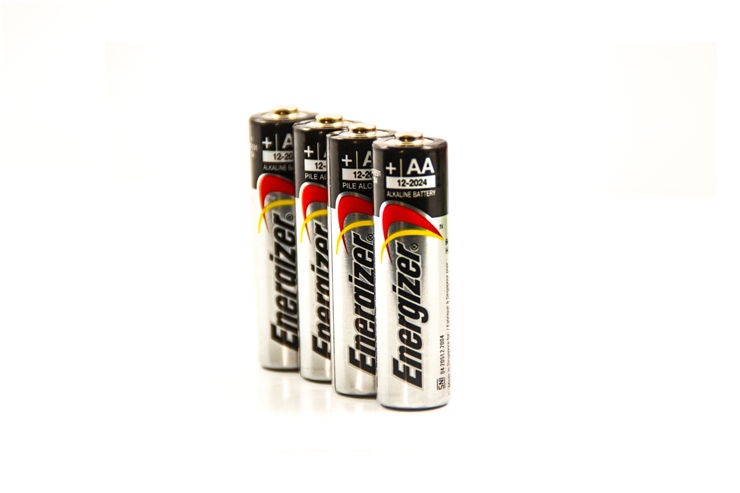Fun and Interesting Facts about Batteries
- History of batteries reaches back not only to the inventions of the modern scientists such as Alessandro Volta and Gaston Plante, but also much further to the past to the Ancient civilizations of Middle East and Egypt where simple batteries were used for gold coating process.
- Anyone can today make a simple battery, even using as simple materials as pieces of fruit or vegetables.
- At its most simples form, battery is a device that uses processes of chemistry to create continuous electrical charge.
- The energy needed to create one fully charged battery is 50 times larger than the actual power than this battery can output.
- One of the biggest disabilities of rechargeable batteries is their “memory effect” that is caused by nickel-cadmium. It transforms the battery into a state that it “forgets” that it has more charge and it outputs less and less power after each charge.
- Lead-Acid batteries do not have memory effect.
- The amount of nickel-cadmium in the average smartphone battery can pollute more than 600 thousand liters of water.
- All the batteries inside modern electric cars are rechargeable.
- It is estimated that battery manufacturing industry generated $48 billion in sales in 2005.
- Modern industry uses a lot of mercury for various items, but the largest amount of this metal element is used for battery manufacture.
- Alternative name for a battery is “voltaic cell”. It is named that because of Alessandro Volta, first man who has discovered first modern cell battery.
- Each battery, no matter how big or small, is made from only 4 main components – positive electrode, negative electrode, electrolyte and a separator.
- Almost all components of a modern battery are industrially processed minerals, which are very poisonous even in small quantities.
- Battery manufacturing is a big business, but steps that are done for battery creation can have big impact on the health of environment. This includes pollution to air, land and water, emission of greenhouse gasses, deforestation (that can lead to erosion and habitat loss) and other types of hazardous waste.
- Batteries can be made from many materials that can “hold charge”. The most popular of those materials are lead acid, alkaline, NiMH, NiCd, LiPo and Li-ion.
- Strongest lead batteries are made in 3 different ways – wet cell, absorbed glass mat (AGM) and gel cell.
- Every year United States buyers purchase around 3 billion batteries of all sizes.
- The best way anyone can extend life of batteries is to store them in locations that have lower temperature (even as cold as home freezer) that will slow down their internal chemical reaction.
- Each year, between 20 and 30 thousand tons of batteries is thrown as (very dangerous) waste. Only around thousand tons is recycled, but this number is growing with each passing year.
- Lead batteries represent 80% of the lead production in the United States.
- Most recycled type of batteries are car batteries. Their average lifespan is around 6 years.
- Brand new batteries can reach their full potential only after at least 10 full cycles of charging and discharging.
- Empty car battery is one of the most commonly found reasons for servicing the car.
